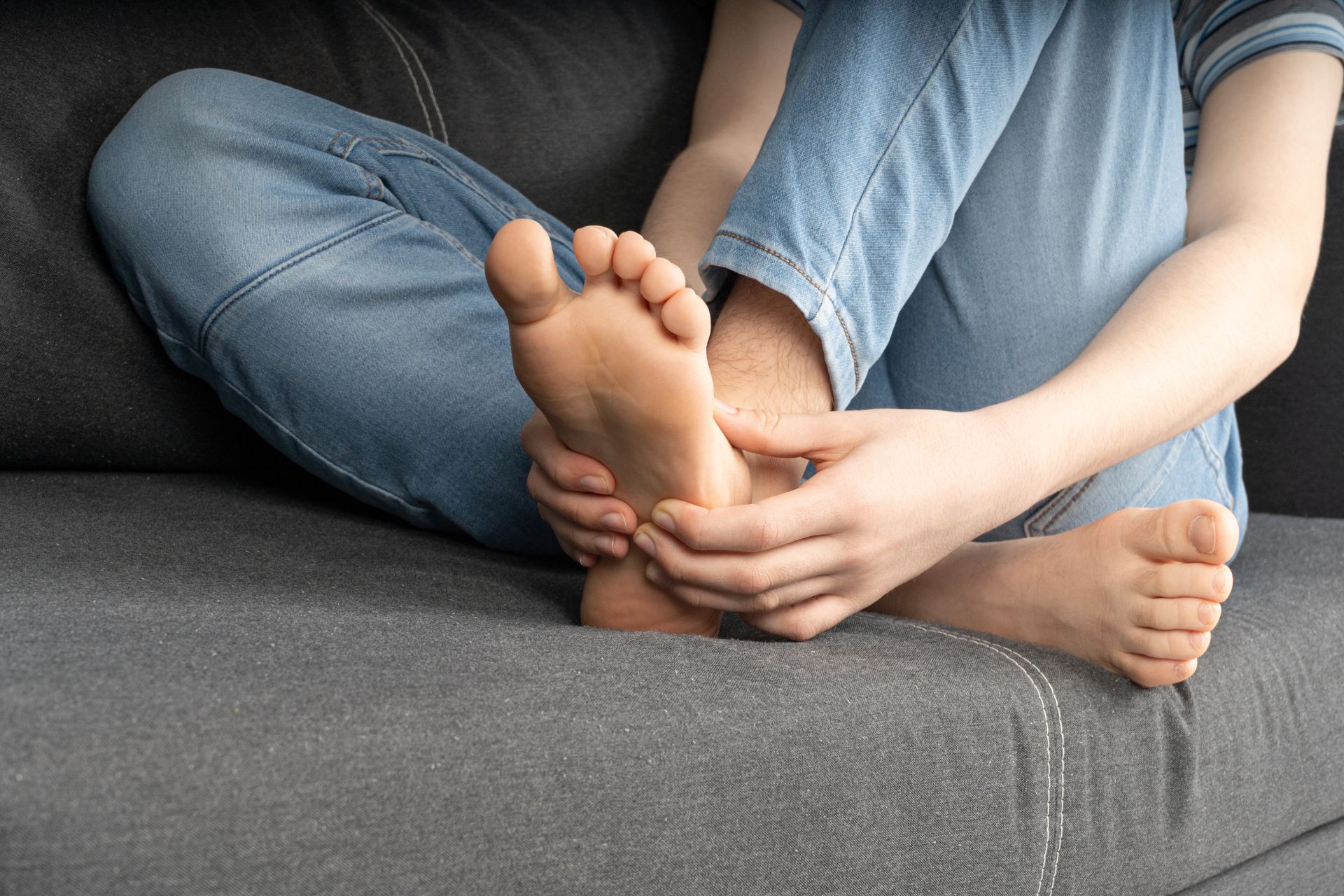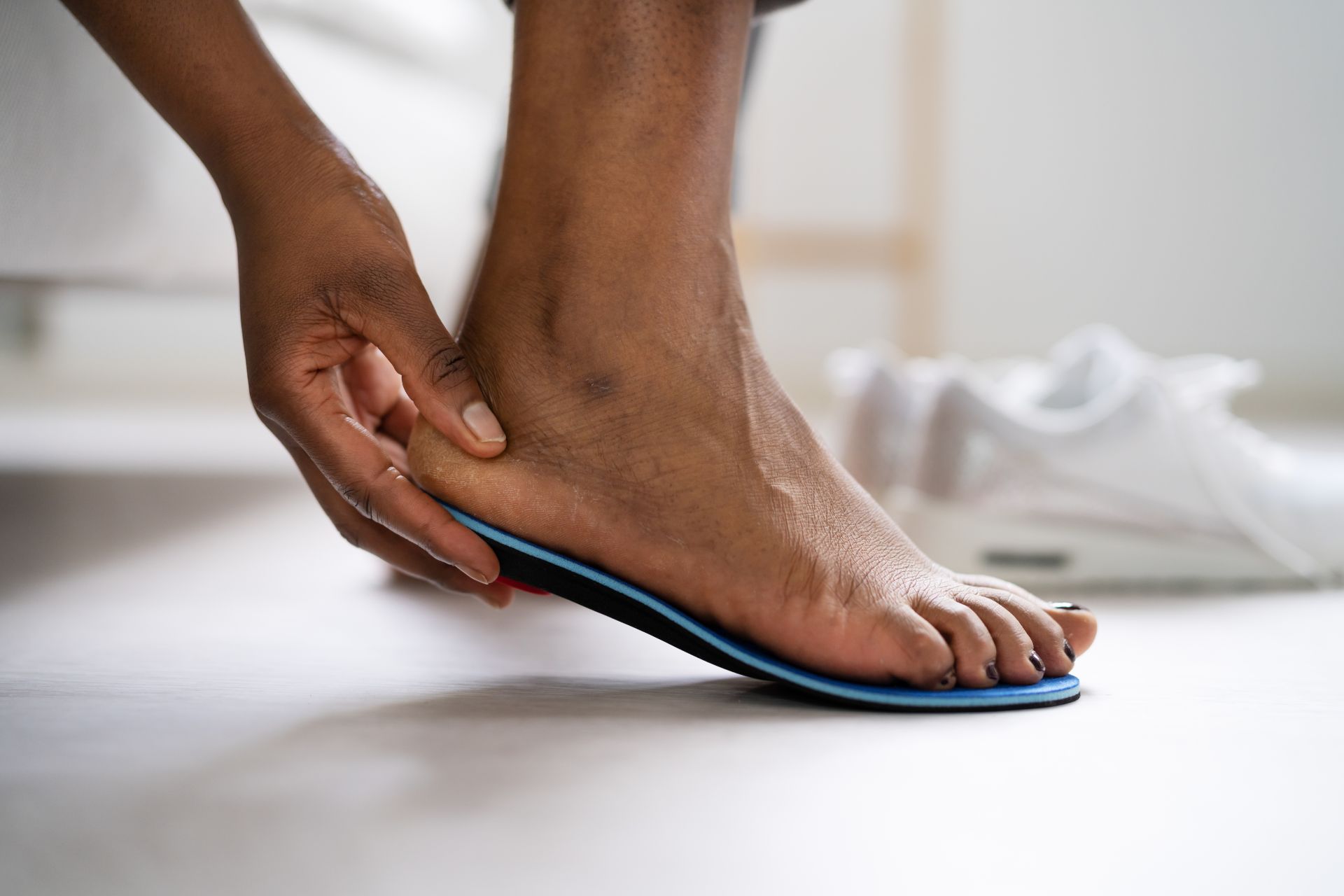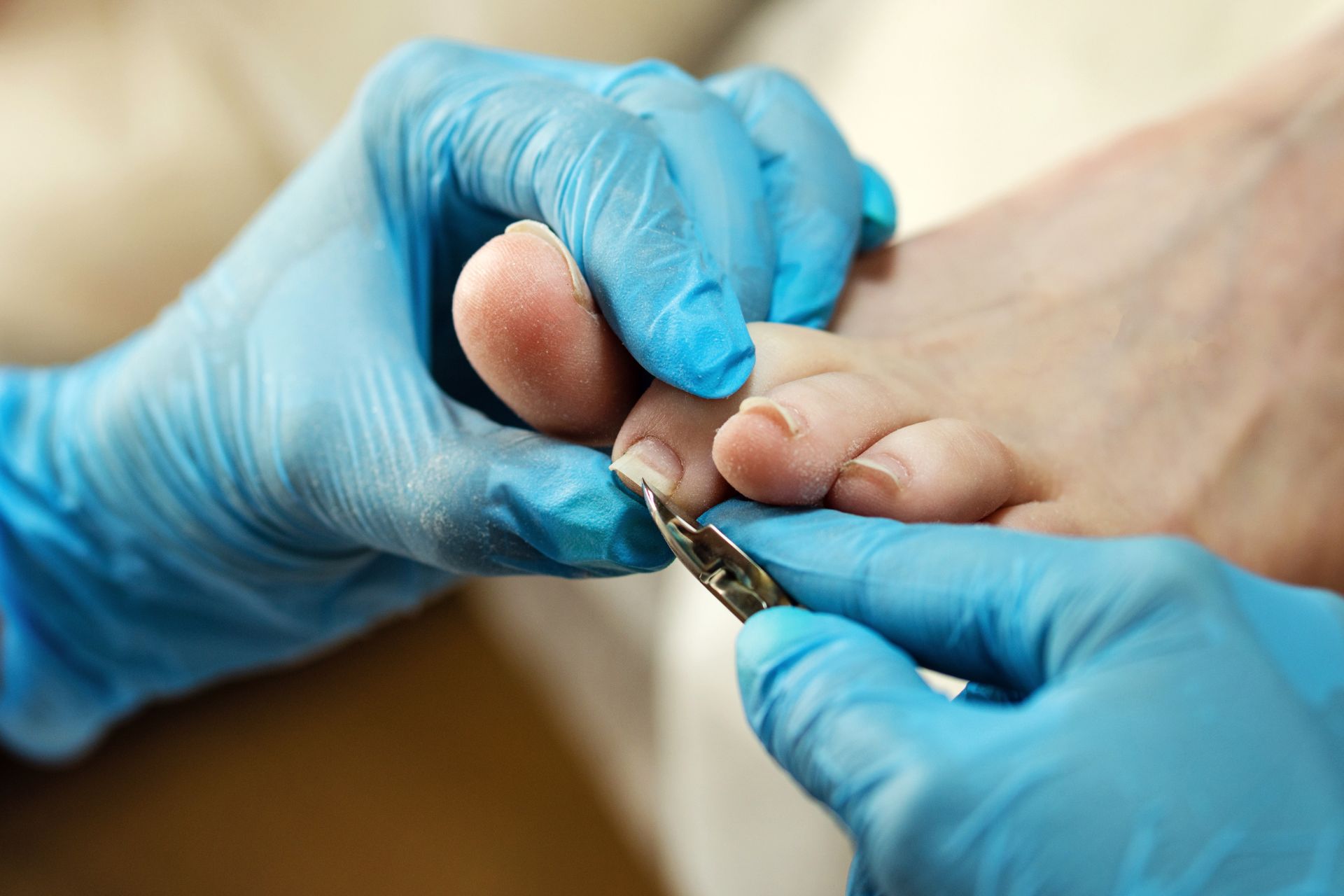Foot pain is a common issue that affects people of all ages and lifestyles. Whether caused by prolonged standing, sports activities, or underlying medical conditions, persistent foot discomfort can significantly impact daily life. Custom orthotics offer an effective solution for addressing foot pain, providing tailored support and relief. In this article, we will explore how custom orthotics work, their benefits, and why they are a superior choice for managing foot pain.
Understanding Custom Orthotics
Custom orthotics are specialized shoe inserts designed to address specific foot problems. Unlike over-the-counter insoles, custom orthotics are crafted based on the unique structure and needs of an individual’s feet. They are typically prescribed by healthcare professionals such as podiatrists after a thorough assessment.
Custom orthotics are made using advanced techniques, including 3D scanning and moulding, to ensure a precise fit. They can be designed to correct biomechanical issues, provide arch support, and alleviate pressure points, making them a versatile tool for managing various foot conditions.
Common Causes of Foot Pain
Foot pain can result from numerous factors, including:
- Plantar Fasciitis: Inflammation of the plantar fascia, a band of tissue connecting the heel to the toes.
- Flat Feet: A condition where the arches of the feet collapse, causing strain on muscles and ligaments.
- High Arches: Excessive arch height can lead to instability and pressure on certain areas of the foot.
- Bunions: Bony bumps that form at the base of the big toe, often caused by improper footwear or genetics.
- Diabetes: Diabetic neuropathy and poor circulation can contribute to foot pain and complications.
Custom orthotics can address these issues by redistributing pressure, correcting alignment, and providing cushioning.
How They Relieve Foot Pain
Custom orthotics work by targeting the root cause of foot pain rather than merely masking the symptoms. Here are some ways they provide relief:
1. Correcting Biomechanical Issues
Many foot problems stem from improper alignment or gait abnormalities. Custom orthotics can correct these issues by repositioning the foot to its optimal alignment. This helps reduce strain on muscles, ligaments, and joints, preventing further complications.
2. Providing Arch Support
Arch support is crucial for maintaining the foot’s natural structure. Custom orthotics offer tailored support for low, normal, or high arches, ensuring proper weight distribution and reducing pain caused by overpronation or supination.
3. Alleviating Pressure Points
Certain areas of the foot may experience excessive pressure due to conditions like bunions or hammertoes. Custom orthotics help redistribute weight evenly across the foot, minimizing discomfort and preventing the worsening of these conditions.
4. Enhancing Shock Absorption
Walking and running subject the feet to repetitive impact. Custom-made are designed with materials that absorb shock, reducing stress on the feet and lower limbs.
The Benefits
Investing in custom-made offers several advantages that go beyond pain relief:
1. Improved Mobility
By reducing pain and correcting alignment, custom orthotics enable individuals to move more freely and confidently. This is especially beneficial for athletes and individuals with physically demanding jobs.
2. Prevention of Future Issues
Custom-made orthotics not only address current foot problems but also help prevent future issues by promoting proper foot mechanics. This can reduce the risk of injuries and chronic conditions.
3. Enhanced Comfort
Unlike generic insoles, they are tailored to the exact shape and needs of your feet, providing unmatched comfort and support.
4. Versatility
They can be designed for various types of footwear, including athletic shoes, dress shoes, and even work boots. This ensures continuous support regardless of the activity or occasion.
Who Can Benefit from Custom Orthotics?
Custom-made are suitable for a wide range of individuals, including:
- Athletes: To enhance performance and reduce the risk of sports-related injuries.
- Individuals with Chronic Conditions: Such as arthritis or diabetes, who need specialized foot support.
- Professionals on Their Feet All Day: Nurses, teachers, and retail workers often experience foot pain due to prolonged standing.
- Children: To address developmental issues like flat feet or in-toeing.
The Process of Getting Custom Orthotics
Obtaining custom orthotics involves several steps to ensure the best results:
- Assessment: A podiatrist or foot specialist conducts a thorough evaluation, including a physical exam and gait analysis.
- Impression or Scan: The shape of your feet is captured using moulds or advanced 3D scanning technology.
- Design and Fabrication: They are designed based on the assessment and fabricated using high-quality materials.
- Fitting and Adjustment: Once ready, they are fitted, and any necessary adjustments are made to ensure optimal comfort and effectiveness.
Why Choose Custom Orthotics Over Generic Insoles?
While generic insoles may provide temporary relief, they are not designed to address specific foot issues. Custom-made, on the other hand, offer personalized support that targets the root cause of pain. This makes them a more effective and long-lasting solution for managing foot problems.
Additionally, custom orthotics are made from durable materials that can withstand daily wear and tear, ensuring they provide consistent support over time.
Maintaining Them
To maximize the lifespan and effectiveness of your custom orthotics, follow these care tips:
- Clean Regularly: Wipe them with a damp cloth and mild soap as needed.
- Avoid Excessive Heat: Keep them away from direct sunlight or heat sources to prevent warping.
- Check for Wear and Tear: Inspect them periodically and replace them as recommended by your podiatrist.
- Use Properly: Wear them with the recommended footwear to ensure they function as intended.
Final Words
Custom orthotics play a vital role in relieving foot pain by addressing the underlying causes of discomfort. They provide tailored support, improve alignment, and enhance overall foot health. Whether you’re dealing with chronic conditions, sports injuries, or daily discomfort, custom orthotics offer a reliable solution for lasting relief.
If you’re ready to take the first step toward pain-free living, contact Steady Foot Clinic in North York. Our experts are here to provide personalized care and help you achieve optimal foot health.





